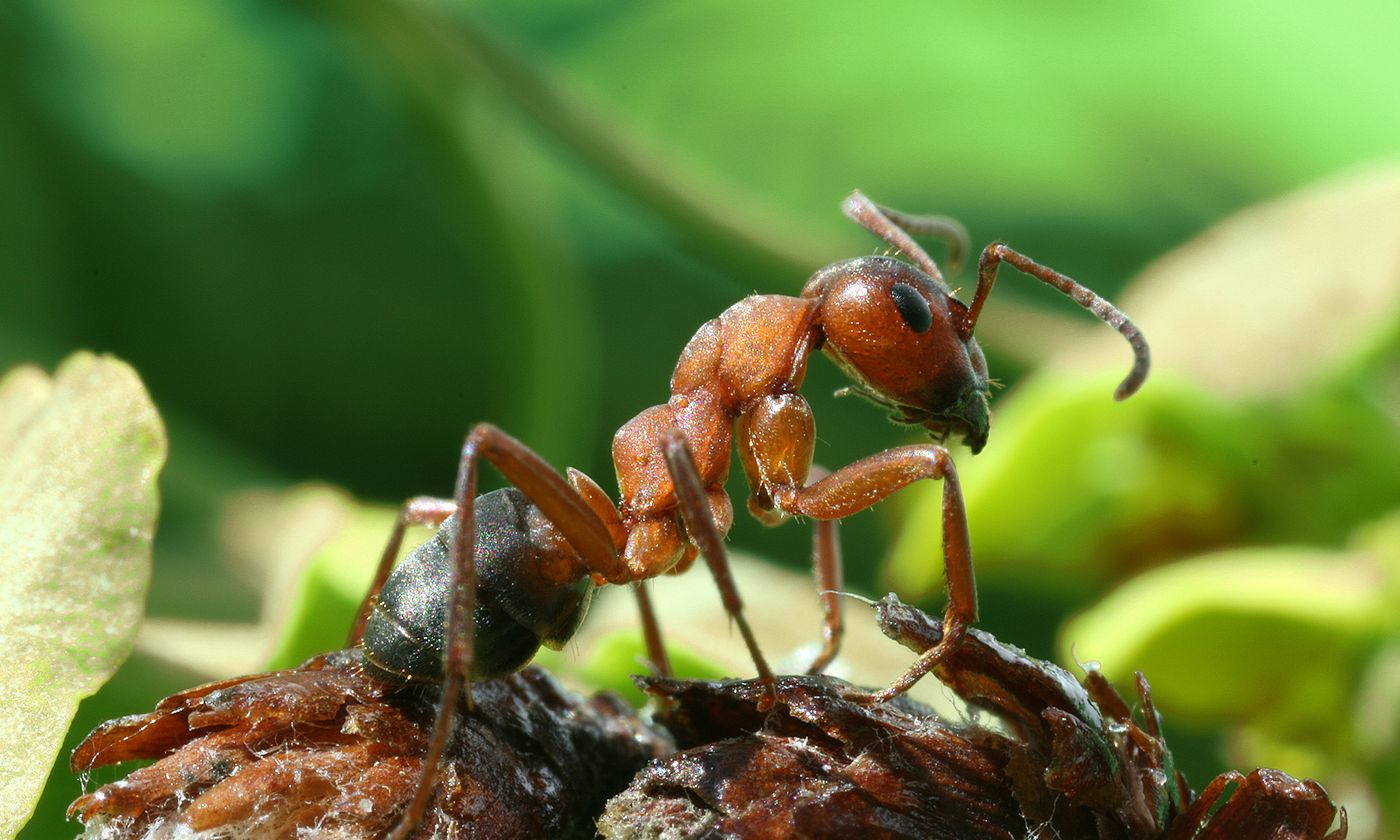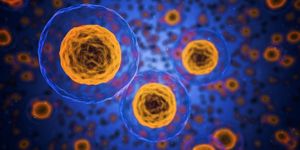
Researchers have discovered that different parts of a single organ can change in size at different rates in response to changes in body size.
Allometric scaling refers to the scaling relationship between the size of a body part and the size of the body as a whole as it grows or shrinks. Organ size and shape change in relation to body size. Body size itself is dependent on a combination of genetic and environmental factors.
The scaling relationship between the body and organs has been thoroughly explored. However, the scaling within organs remains poorly understood. Previous studies have focused on individual organs as a whole, as opposed to different parts of individual organs. Thus, those studies largely ignored changes in the size and number of cells within organs.
Researchers from the University of Sussex decided to investigate scaling within an organ. They used the compound eyes of wood ants, which have facets of different diameters in different regions of the eye that change in size in response to body growth. The researchers used 66 small and large wood ants. They measured the ants' eye surfaces and created eye "heat maps" to track the rate of growth of the facets.
A grade shift is when the lens diameter increases or decreases in size at the same rate of the body. A slope shift is when the diameter increases or decreases in size at a different rate of the body. Before, it was assumed that the entire organ would either grow at a grade shift or a slope shift. After examining the wood ants, the researchers found that different parts of an individual organ could grow at a slope shift and grade shift at the same time.
"Different regions within a single organ can use different rules to govern their scaling, responding differently to their developmental environment," the authors said in the paper.
"Scaling within organs still remains poorly understood - but our results show for the first time that when the size of our bodies change, the different regions and cells within our organs respond in more diverse ways than previously thought," said study author Jeremy Niven.
"Our work provides the foundation for future investigations into the role of scaling in organ evolution. Many species show substantial variation in organ size and shape that could be produced by regional differences in scaling," said Craig Perl, who also worked on the study. "It is essential that we continue to try to understand how organs work and interact with one another so we can help animals remain healthy. If an organ or the cells within it are too small or too big, this could have major consequences for an animal's health.”
The study was published today, March 16, 2016, in the journal
Biology Letters.
Sources:
“Differential scaling within an insect compound eye” via Biology Letters,
University of Sussex press release via EurekAlert!









